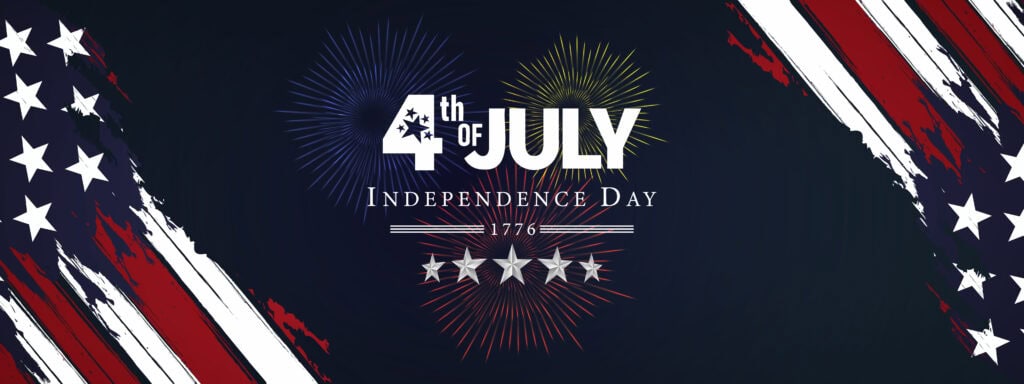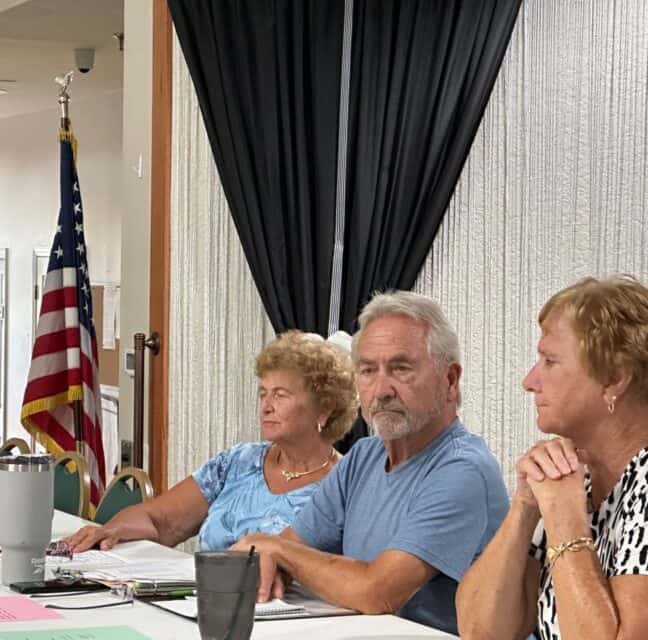
The Fourth of July, or Independence Day, is celebrated to commemorate the adoption of the Declaration of Independence by the Second Continental Congress on July 4, 1776. It’s a day of celebration, food, fireworks, and parades, and here are some fun facts.
For the first couple of decades after the Declaration was written, there wasn’t a wide appeal for an annual celebration nor one agreed-upon date. The concept was too new, and the young nation was dealing with myriad other factors. By the 1790s, a time punctuated by bitter partisan conflicts, the Declaration was deemed controversial. The Democratic-Republicans party admired Jefferson and the Declaration, while the Federalist party deemed the Declaration to be too anti-British and French leaning, which went against their current policies.
Leading up to 1817, John Adams lamented in a letter that newly formed America seemed uninterested in its past, however this sentiment would soon begin to change.
After the War of 1812, as the Federalist party began to come apart, the new parties of the 1820s and 1830s, which all considered themselves inheritors of Jefferson and the Democratic-Republicans, began to rise in prominence.
The date of July 4, which is the date included on the Declaration of Independence and the fancy handwritten copy that was signed in August—which you can see at the National Archives in Washington, D.C.—is also the date that was printed on the Dunlap Broadsides, the original printed copies of the Declaration that were circulated throughout the new nation. This helped cement July 4, 1776, as the historical date that we all now acknowledge. (Not to be forgotten, Constitution Day is celebrated on September 17, the anniversary of the date the Constitution was signed, not the anniversary of the date it was approved.) Additionally, some historians believe the deaths of Thomas Jefferson and John Adams on July 4, 1826, may have helped to solidify the idea that July 4 was an important date to be recognized.
As the decades passed, celebrations of the Fourth of July became more common and in 1870, almost 100 years after the Declaration was written, Congress declared July 4 to be a national holiday.
HISTORICAL FACTS
• Declaration of Independence adoption: The Declaration of Independence was adopted on July 4, 1776, not signed on that day. The Declaration was officially signed on August 2, 1776, with most of the delegates signing at the time.
• First celebrations: The first Fourth of July celebrations took place in Philadelphia on July 8, 1776.
• Official federal holiday: Independence Day became an official unpaid holiday for federal employees in 1870.

• Signers of the Declaration: The average age of the 56 signers was 45, and John Hancock and Charles Thompson were the only two to sign on July 4, 1776. Hancock also has the largest signature on the document. Two 26-year-olds from South Carolina were the youngest to sign the Declaration of Independence —Thomas Lynch Jr., and Edward Rutledge. Benjamin Franklin, 70, was the oldest. Eight of the men were born in the British Isles. They were lawyers as well as businessmen, farmers, teachers, and a minister from New Jersey—John Witherspoon.
• Original flag stars: The stars on the original American flag were arranged in a circle to show equality among the colonies.
• Deaths: Thomas Jefferson, 82, and John Adams, 90, both died on July 4, 1826, within five hours of each other on the 50th anniversary of the signing of the Declaration of Independence.
CELEBRATION AND TRADITIONS
• Fireworks: Fireworks have been a tradition since the first official Independence Day celebration in Philadelphia in 1777.
• Hot dogs: Americans consume an estimated 150 million hot dogs on the Fourth of July, enough to stretch from D.C. to L.A. more than five times.
• The Liberty Bell: The Liberty Bell in Philadelphia is tapped 13 times on July 4 to honor the original 13 colonies.
• Salmon and Peas: Eating salmon and peas on the Fourth of July is a tradition in New England.
• Parades: Bristol, R.I., is known for having the oldest annual Fourth of July parade.
• Clothing: Wearing clothing with the flag actually violates the U.S. Flag Code but the U.S. Flag Code is not enforceable.
FOUR FUN FOURTH TRIVIA QUESTIONS
1. Which president of the United States was the first to host a Fourth of July celebration at the White House?
Thomas Jefferson in 1801
2. Which American president was born on July 4?
Calvin Coolidge, born on July 4, 1872
3. What was the estimated population of the United States on July 4, 1776?
2.5 million
4. What’s written on the back of the Declaration of Independence?
“Original Declaration of Independence dated 4th July 1776.”






